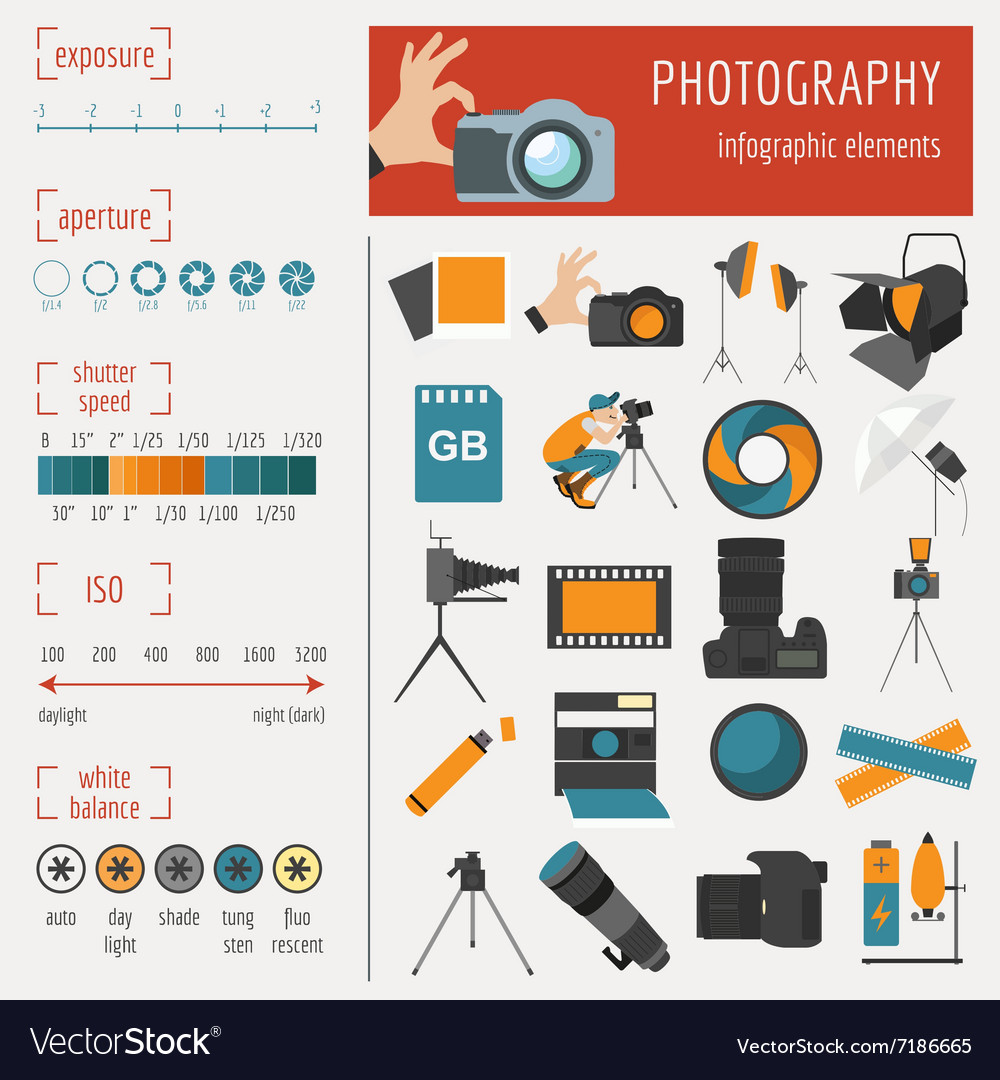Digital Photography Tips For Beginners: Understanding Your Camera In No Time At All
Digital Photography Tips For Beginners: Understanding Your Camera In No Time At All
Blog Article
Write-Up Created By-Lundgreen Fuentes
When you first grab your cam, it can really feel frustrating with all the setups and choices offered. You might find yourself asking yourself exactly how to browse aperture, shutter rate, and ISO effectively. Mastering these principles is essential, but there's even more to photography than just technical knowledge. Recognizing composition methods and lights conditions can raise your pictures drastically. So, what if Jen Worley could find out basic strategies to improve your skills and start catching excellent images sooner than you assume? Let's check out how to transform your photography journey.
Understanding Electronic Camera Settings
Comprehending your cam settings is crucial for catching magnificent images. When you get your electronic camera, acquaint yourself with the 3 primary setups: aperture, shutter rate, and ISO. Each plays a crucial duty in how your images turn out.
Start with aperture, which controls the quantity of light entering the lens. A broader aperture (lower f-number) lets in more light and produces an attractive background blur, perfect for portraits. Conversely, a narrower aperture (higher f-number) keeps even more of the scene in focus, ideal for landscapes.
Next, concentrate on shutter rate. This setup identifies how long your video camera's sensing unit is exposed to light. A quick shutter rate freezes movement, which is excellent for activity shots, while a sluggish shutter speed can create magnificent impacts like smooth water in landscapes.
Finally, change your ISO. This setup impacts your cam's level of sensitivity to light. A higher ISO serves in low-light situations however can introduce sound or grain. Aim for the most affordable ISO possible while still accomplishing appropriate exposure.
Composition Techniques
When you're out capturing, structure can make all the difference in exactly how your pictures reverberate with customers. Start by using the guideline of thirds; imagine your structure divided right into nine equivalent sections with two straight and two vertical lines. Placement crucial elements along these lines or at their crossways to produce balance and passion.
Next off, take into consideration leading lines. These natural lines in your scene, like roads or rivers, attract the viewer's eye right into the picture, assisting them through the story you're informing.
Do not forget mounting; use components within your scene, like trees or windows, to develop a structure around your subject, adding depth and focus.
Also, watch on your background. A messy background can sidetrack from your primary subject, while a basic one aids it stand apart.
Lastly, explore symmetry and patterns; they can produce a striking image that catches focus.
Mastering Illumination Conditions
Mastering illumination conditions is vital for capturing stunning pictures, as the right light can transform an ordinary scene into something phenomenal.
Start by observing https://www.al.com/business/2020/06/say-yes-to-fall-weddings-covid-19-shifts-wedding-season-to-football-season.html -natural light at different times of the day. Mornings and late afternoons offer the best light, referred to as the gold hour. The soft, warm tones throughout these times can improve your pictures magnificently.
Don't shy away from cloudy days either; diffused light can reduce rough darkness and create a pleasing result, especially for portraits.
Experiment with backlighting by placing your topic against the source of light. This strategy can produce a wonderful halo result and add deepness to your pictures.
Take notice of your camera setups as well. Change the ISO, aperture, and shutter rate to suit the lights conditions. A greater ISO can help in low light, however beware of grain.
Use a tripod in darker atmospheres to avoid blur.
Lastly, do not forget artificial illumination. Flash and constant lights can be excellent tools for controlling light in challenging problems.
Verdict
In conclusion, mastering your cam doesn't have to be overwhelming. By comprehending your settings, using structure strategies, and taking advantage of the power of natural light, you'll swiftly raise your digital photography abilities. Bear in mind, practice makes ideal, so go out there and try out your newfound knowledge. With time and devotion, you'll be capturing sensational pictures that show your distinct perspective. Appreciate the trip, and don't neglect to enjoy while you go to it!
